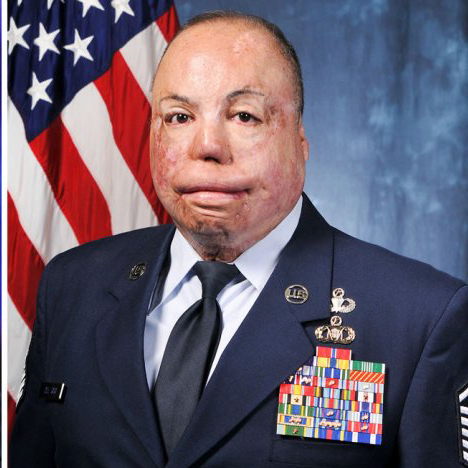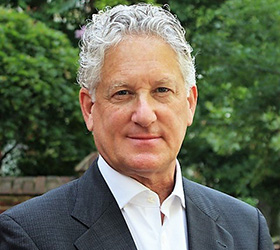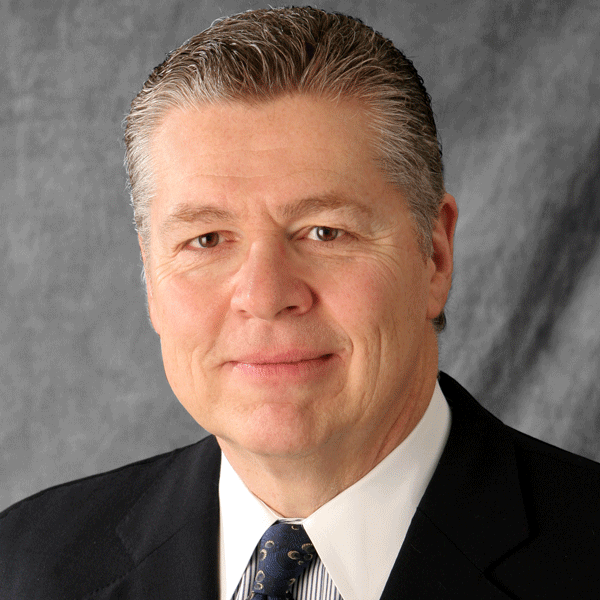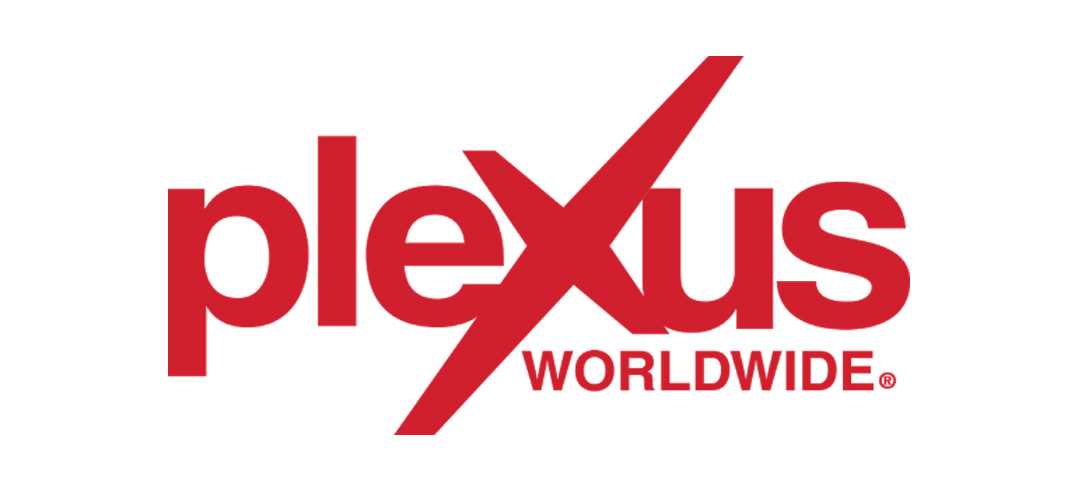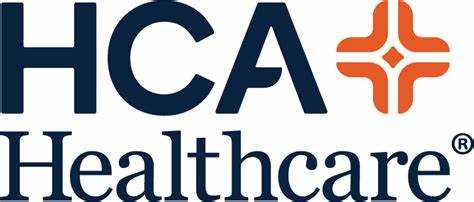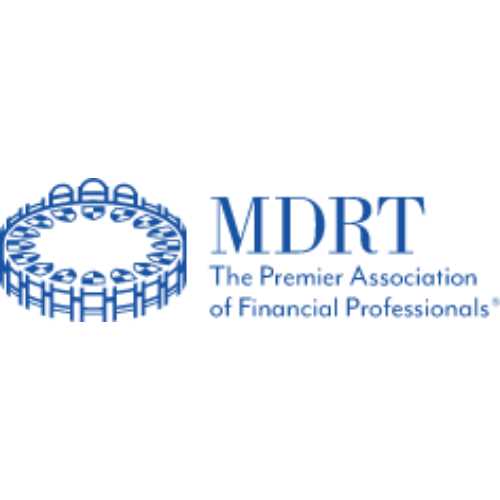
Craig Deao
- Sought-after national expert and speaker on topics related to leadership, accountability, patient experience, quality and safety.
Travels From
Florida
Craig Deao Speaker Biography
Since 2006, Craig Deao, MHA, has been an integral part of Studer Group as a senior leader for the organization’s speaking and conferences teams, and he now directs thought leadership across Huron’s broader healthcare practice. Craig is a highly regarded national speaker on leadership, engagement, quality and patient safety. He works with medical staffs and healthcare executives to create highly reliable organizations where employees want to work, physicians want to practice and patients want to receive care. He also co-led the organization’s journey to become a recipient of the Malcolm Baldridge National Quality Award in 2010. In 2016, Craig harnessed his field experience in healthcare to author the book, “The E Factor: How Engaged Patients, Clinicians, Leaders, and Employees Will Transform Healthcare.” In addition to his full-time work with Studer Group and Huron, he serves as faculty for the American College of Healthcare Executives (ACHE). Born and raised in New Orleans, Craig received two bachelor’s degrees from Louisiana State University. He received a master’s degree in healthcare administration from the University of Minnesota. Craig now lives in Pensacola, Florida, where he serves on the quality committee of his local health system. He is married to Julie and is the proud father of Sam and Jack.
Craig’s career has been a blend of operational leadership and hands-on experience in the field. As a result, he’s been able to use within the company the same evidence-based leadership principles Studer Group teaches its partners. He’s seen firsthand the power of hardwiring a handful of practices that align goals, behaviors, and processes with employee engagement and customer loyalty for Studer Group, both ranked in the top 1 percent nationally. His fieldwork focuses on partnering with senior leadership to achieve breakthrough transformation that actually sustains. He is an author of numerous articles in healthcare publications, a book on engagement and speaks to tens of thousands of leaders annually. Prior to joining Studer Group, Craig served in several capacities for VHA (now Vizient) including patient safety improvement and executive networking, connecting 2,000 not-for-profit health system members across the nation.
For more information on Craig Deao, please contact Executive Speakers Bureau 901-754-9404.
The Perfect Patient Experience: Bringing High Reliability to the Bedside
Audience: Leaders, Quality Improvement Leaders — Length: 75-90 Mins
The defect-free patient experience: what would that be like? The patient would access the right care at the right time; receive the right diagnosis and evidence-based treatment, with no adverse effects; and experience both the care and compassion that engenders trust in her providers, better outcomes, loyalty and recommendations to her friends. The science exists to make this a reality, not just sometimes, but always. This session will review the evidence correlating positive patient experiences with quality and safety; introduce three evidence-based practices proven to improve each of these domains; and inspire attendees to set targets and hold themselves and their colleagues accountable for delivering perfect patient experiences.
Objectives:
- See the evidence correlating positive patient experiences with quality and safety
- Learn three evidence-based practices proven to improve each of these domains
- Be inspired to set targets and hold themselves and their colleagues accountable for delivering perfect patient experiences
Engaging Physicians to Execute System Performance
Audience: Leaders, patient safety leaders, patient experience leaders — Length: 75-90 Mins
The engagement and alignment of physicians will accelerate achievement of quality, safety, service and operational goals. This is easy to say, but it is more challenging to execute. Discover what leaders must do to create true physician collaboration through a three-step process.
Objectives:
- Implement three tactics proven to improve physician engagement and alignment
- Discuss the link between quality and service with physicians
- Set targets and hold themselves and their colleagues accountable for delivering perfect patient experience
Optionality Doesn’t Work Here Anymore
Audience: Leaders — Length: 75-90 Mins
In this session we will describe how leading organizations have successfully improved both HCAHPS and process of care measures under Value-Based Purchasing by focusing not just on process improvement but also on the human behavioral sciences to create buy-in, enthusiasm and commitment to implementing best practice.
Objectives:
- Describe how leading organizations have successfully improved both HCAHPS and process of care measures under Value-Based Purchasing
- Implement three evidence-based practices proven to increase results on both HCAHPS and process of care measures
Closing the Knowing-Doing Gap in Healthcare
Audience: Leaders — Length: 75-90 Mins
This session will describe and share evidence-based practices for closing the “Knowing-Doing Gap” in healthcare. Six frogs are sitting on a lily pad, and one decides to jump. How many frogs are left on the lily pad? You may assume the answer is five. Actually, it’s six. Why? Because deciding to jump and jumping are two completely different things! Back in 2000, Jeffery Pfeffer and Robert I Sutton published a book called The Knowing-Doing Gap. It pinpoints a challenge faced by organizations in all industries, including healthcare: We work really hard to figure out what we need to do, yet we fail to implement what we learn in the process. In 2001, the Institute of Medicine published a report called Crossing the Quality Chasm. This report pointed out that it takes an average of 17 years for new (scientifically generated) knowledge to be translated into practice. That’s a long time to between knowing and doing- and we can no longer afford to wait for 17 years. Most healthcare organizations really want to leap off that lily pad- especially with value-based purchasing making it even more critical that we drastically improve clinical quality (and keep improving it). Show why don’t we follow through? Why are so many us frogs with good intentions? The gap between knowing what we need to do and actually doing it is almost always a foundational issue.
Objectives:
- Describe the “Knowing-Doing Gap” in healthcare
- Implement three evidence-based strategic objectives in your healthcare organization
Value-Based Purchasing: Leaning into the Second Curve
Audience: Leaders — Length: 75-90 Mins
Our nation’s healthcare delivery system is undergoing transformation being directed, in part, by a fundamental shift in economics. No longer will providers be paid based solely on units of service. The shift has occurred toward paying for value, which is a relationship of the quality being provided to the cost of the service. This session gives an overview of Value-Based Purchasing, including a summary of how we’ve gotten to this latest attempt at driving quality improvement and cost control, how we’re faring as a nation and as a delivery system under the first wave of VBP, and what lies ahead as additional measures are included and the financial stakes rise. The focus will be on sharing what’s working well under VBP and identifying the specific practices that leading organizations are employing to deliver higher quality, lower cost care.
Objectives:
Discuss the evolution and development of Value-Based Purchasing
Describe the latest thinking on the next wave of Value-Based Purchasing
List three actionable practice leading organizations are employing that produce higher quality, lower cost care






